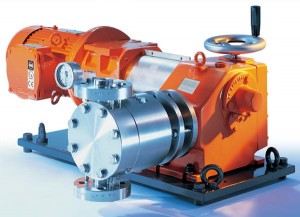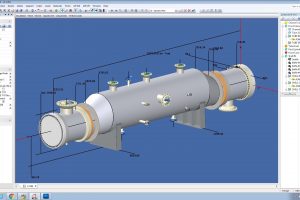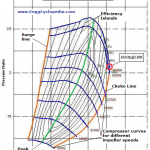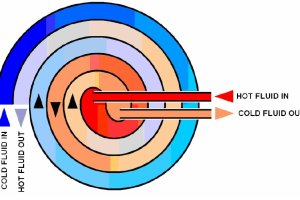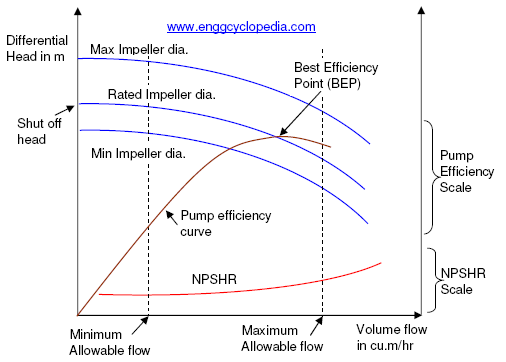Diaphragm Pumps
Diaphragm pumps are the other general classification of positive displacement pumps. In a diaphragm pump, the motion of the piston away from the head creates a vacuum in the chamber, and the vacuum draws in fluid. Motion of the piston toward the head compresses the fluid and forces it out of the chamber. Check valves in the inlet and outlet prevent the fluid from being drawn from the discharge or pushed back into the inlet. Piston rings minimize passage of fluid past the diaphragm pump. Diaphragm pumps are a seal less design in which the plunger (piston) moves a diaphragm that in turn increases and decreases the volume of the pumping chamber and thus draws in and forces out the fluid. As in diaphragm pumps, check valves ensure one-way flow.
Following video explains the working of diaphragm pumps.
Video of Diaphragm Pump
Typical Start-up Procedure for Diaphragm Pumps
- Remove any protective oils or coatings provided.
- Open all stop/check valves on the delivery and suction sides.
- Start up the diaphragm pump initially with a flow rate of 10 – 20% of the maximum, and run it for a few minutes without any pressure on the delivery side, so as to empty the pipes and pump of any air they may contain.
- Gradually increase the flow rate to 100% and the delivery pressure to its working level.
If your diaphragm pump is equipped with an adjustment stroke system, the piston stroke adjustment is continuous and UN-stepped; it can be done with the pump stopped or running; it is easier, however, to adjust while the pump running.
Check list before running the diaphragm pump for first time
Some starting difficulties may occur with high pressures if the pump runs with a very low flow rate (less than a few liters/hour). In such cases it may be necessary to prime the pump by:-
1. Introducing some liquid into the suction circuit.
2. Check that there are no leaks at the delivery and suction connections or the auxiliary control connections.
3. All instrument readings match the pump data sheet.
4. The electric motor is not overloaded.
5. Check that there is no overheating or leakage from the pump packing gland seals. If there are any faults, adjust the seal lock nut.
After these operations it is advisable to monitor the pump’s flow rate under the installation’s real working conditions, checking the figures observed against with those given in the data sheet.
